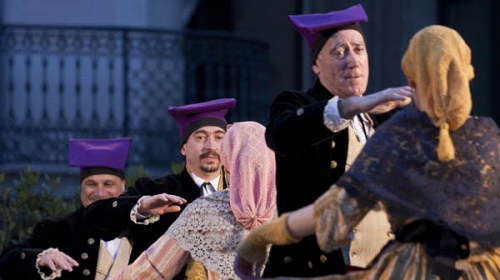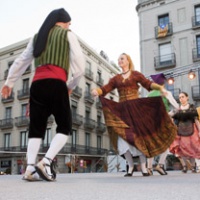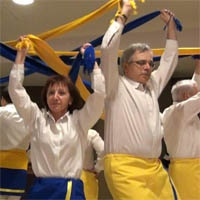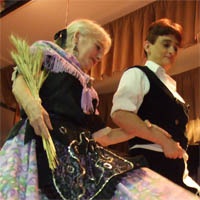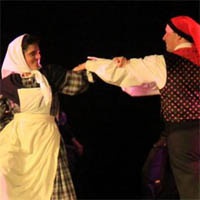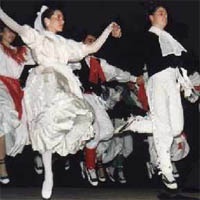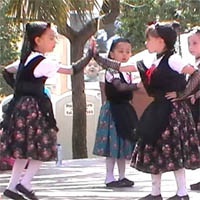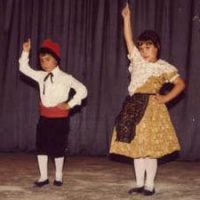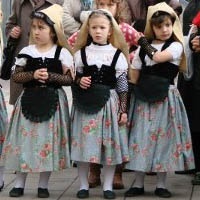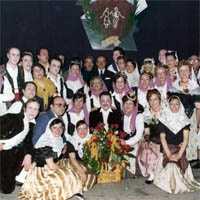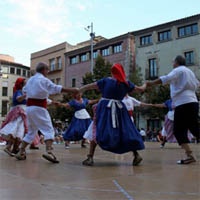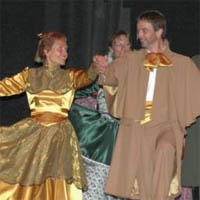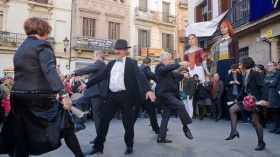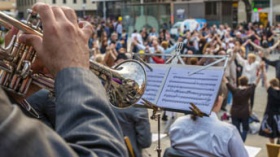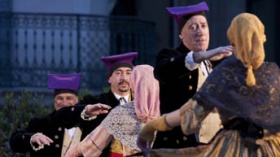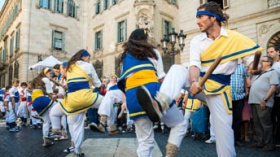Esbarts
Strictly speaking, an esbart is a group of people or small animals. For example, a large flock of birds forming a moving grey cloud is an esbart d’ocells. In popular or folk culture terms, it is a small or large group of people who perform traditional dances that the priest, Msgr Cinto Verdaguer, happened to call an esbart.
These groups rehearse and perform Catalan folk dances. Some have broader horizons and carry out research, ethnographic and musicological studies. They also publish magazines, organise talks, take part in conferences, encourage and produce recordings, and so on. But this is always linked to Catalan dance.
The first group was set up in Vic in 1901. Called the Esbart Dansaires de Vic and imbued with the spirit of the Renaixença, the cultural and national revival movement, they started to revive Catalan dance. A few years later, in 1907, the Esbart de Dansaires, which belonged to the Associació de Lectura Catalana, was set up in Barcelona. The Esbart Català de Dansaires appeared in Barcelona in 1908 and the Esbart Manresà was founded in Manresa in 1909. The latter two are still active, so we can say they are the oldest traditional dance groups in Catalonia.
Broadly speaking, whatever the particular characteristics of each groups, they basically follow two trends. One, started by the Esbart Català de Dansaires, takes a more conservationist approach, while the other favours new creation based on tradition and can be traced back to the Esbart Verdaguer, founded in 1945.
There is a lot of esbart activity in Barcelona, with a good number of groups spread around the neighbourhoods and districts offering public ballades, organising diades and trobades, group performances and gatherings, as well as creating new shows that are sometimes staged at top venues such as the Mercat de les Flors. Or for La Mercè, when they get together in Parc de la Ciutadella and the Teatre Grec.




